To borrow a line from The Clash, “London’s burning”. And the photographs of the mayhem are stunning. The above shot here is by Amy Weston/WENN.com, as seen in NY Mag. (That image and a bunch more images from NY Mag here).
I’ve been been near riots of this magnitude on two occasions – Paris in 2005-6 and Seattle WTO riots – neither of which I photographed. I’ve also seen a guy get hit by a car and had my camera at the ready but did not shoot. And plenty of other things that I’ve not wanted to photograph. As a pure photographer, only-career-I’ve-ever-had guy, I’m not sure what’s in me that doesn’t pull me to want to shoot so many of these photos, even when I’ve had the chance (like this post). I’m deeply moved by such images -ala London riots, or trama, or the war in Afghanistan. Often times these images are so important to our culture, but at other times it’s shallow and cold to shoot them. I’m especially conflicted with the images coming out of London.
How about you… When do we shoot? When do we help or decide not to spread the horror?
UPDATE: Interview with the photographer (Amy Weston) that captured the stunning photograph in the earlier post below in an article over here at my Google+ page …offers some insights into what she was thinking and plays well with the ongoing discussion here on the blog and over at my Google+ page. (Add me to a circle if you’re G+ing so I can meet you too).

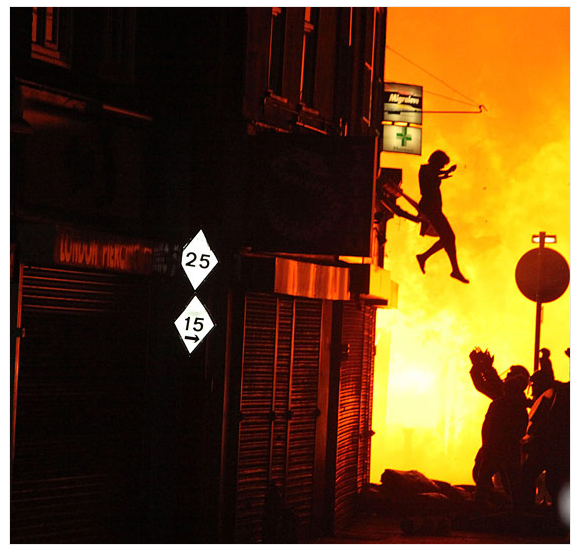






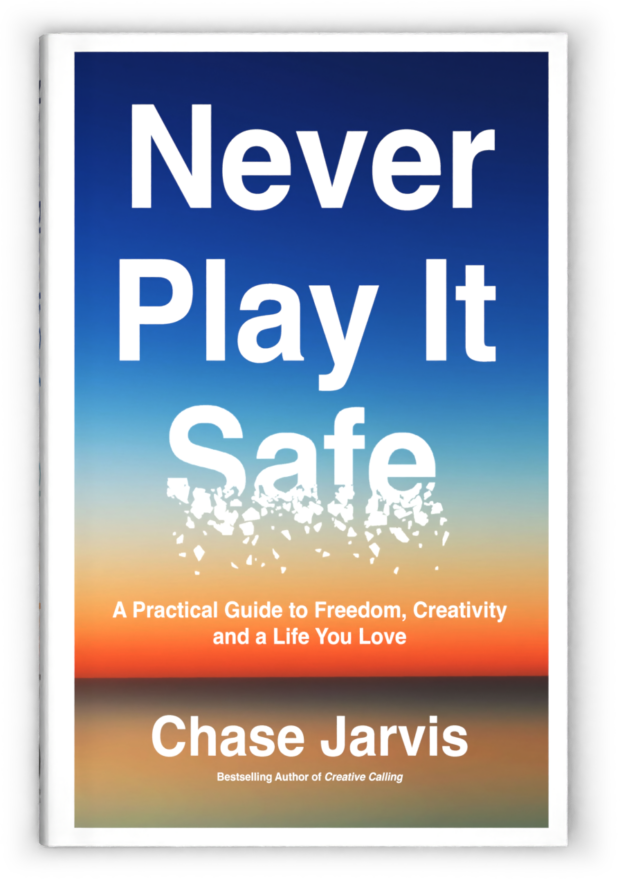










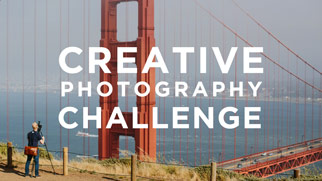
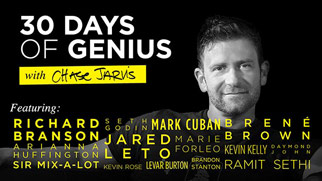
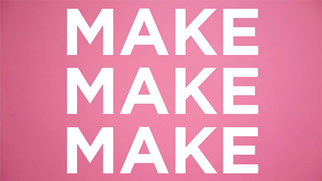
I think it is important that someone is able to capture the images of the unfolding events. It’s very important to record such important moments, not to forget what and why. If you’ve a camera, you should try to capture what you’re seeing, unless of course if you can be helping those less fortunate. Yes take that photo, but not at the cost of someone’s safety.
While not as tragic as a war for instance, these are importaint events.Other than the material loses, they have a symbolic attribute.It’s up to what you feel in the end.If you’ve ever done photojournalism ,even as an amateur, you’re gonna shoot the stuff., but if not , you mind find in harder to point a camera at somebody getting beaten .Niether one is more or less ethical I think,altough there are times when even a photojournalist should put down the camera and have some respect for someone’s tragedy.
I guess if no one photographed these moments, people would be blind to what is going on throughout the world. It is images/video that capture things that the media might alter or not want us to see and that provide moments for others to have a moment of awakening and realize “WTF are we doing to our planet and to each other?”
I think it’s okay to shoot these photographs. I certainly would. The most important things to do in a situation like this though, is to see if you can help in any way; photography comes second. I know some photojournalists will say that a journalist should never get involved, but I think being a decent human being is better. If I had to make a decision between helping somebody that’s on fire, or putting the fire out, I’d help them. If I could do both, and the story was one that needed to be told, then I’d do both.
I agree completely. It comes down to the moral obligation you have to yourself and your photography. Any die hard photo journalist or NPPA member would say shoot shoot shoot, but at the same time, you got to realize what kind of person you are and your direction in getting a photograph. I personally would help or support anyone in need then shoot during and/or after. The G-20 in Pittsburgh was an example like this for me. I marched the whole way with the protestors and compiled a photo story of before the riot, during and after. When the after part came and the police forced everyone out, I felt it was my moral obligation to abide by them since I would cause more harm than good still following the protestors – and that was not my duty.
Hello Chase,
Hello Robert,
i think Robert get it the right way. I guess i would react in the same way as he do. From my point of view
it could be very easy. First see if you could help. When you can’t help or other people were faster than you be sure
not to disturb the helping ones. And only after that you should start taking photos.
I agree with Robert. Photography should come second in this situation and ones like it. How could you fathom not trying to help because you’re getting a few frames off? Sure, its our passion and what we do for a living, but when another human being is dying and you choose not to help, wouldn’t that just make you feel horrible? Just my thoughts.
I don’t think she can help. If she helped every time she saw someone in need, she would never push the button. This is why I couldn’t do this job. I’d want to help.
As an analogy from my world, if I help the bride lace her dress, I can’t photography it. Not a life and death situation, but one that I imagine many more of us face.
if i encounter the same thing as this, i’d shoot only what’s worth captioning. i’d shoot only a frame that tells the 5 Ws and 1 H being a PJ.
Let me first say that I admire all of your work and you have encouraged me to re-enter the field of photography. I know now that it was my lack of education the prevented me from reproducing what was in my head and what I saw on my camera.
London is Burning and as a journalist your/our job is to capture these moments so that generations from know people can see with their eyes the magnitude of such events. If photojournalist never captured the civil rights movement how would the new generation know about it. Books are one things, some one telling you a story is one thing, but seeing it with your own eyes. Pictures are worth a MILLION words and being able to offer the opportunity for others to bare witness to the world millions of miles away is priceless.
Yes, I can imagine it is disheartening to see someone being thrown from a window, but has it changed your opinion or perspective? It has changed mine.
Firstly I must make a correction, this woman was jumping from a burning building to save her life, nobody was thrown from the building.
When it comes to whether I’d shoot the Riots or not that comes down to making an assessment regarding my personal safety. No image is worth serious injury or my life, I have the utmost respect for those who make a different assessment. I would not travel into a war zone or an area of public unrest to capture an image, but if it was on my doorstep and I was already at risk I might then consider documenting events in as safe a manor as problem.
For the sake only of clarification, to me it seems as though she is being pushed or guided or whatever you wanna call it by someone still inside the building. I agree that we should never put ourselves in danger, but if I die and on my camera is the best picture in the world that captures the essence of life, or community, or the world than so be it.